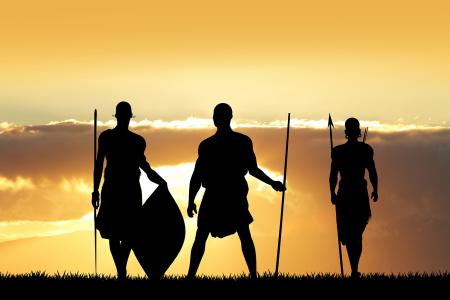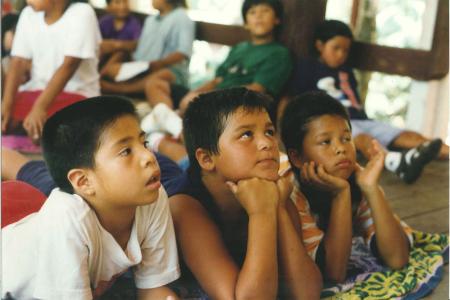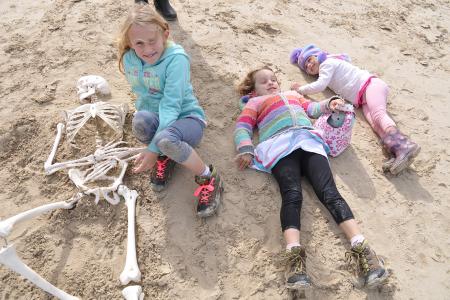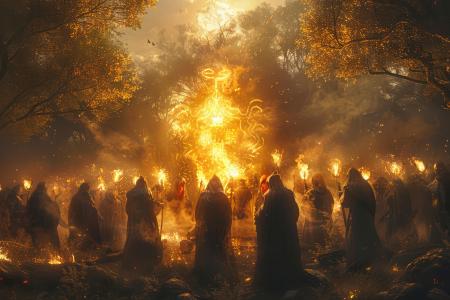Faces of History is an exclusive feature in Ancient Origins Magazine, where we collaborate with the acclaimed historical facial reconstruction expert Cícero Moraes. Known for his unparalleled skill in bringing ancient figures back to life, Moraes guides readers on a captivating journey through time.
Recent Articles
The Ancient Mesoamerican Roots of the Quinceañera
In Latin American culture, adolescent girls cross an important threshold when they reach the age of 15. Known as the quinceañera, this is a time for celebration and public acknowledgment.
Interview: Empowering Girls with Age-Old Wisdom
Searching for answers, authors Janet Lucy and Terri Allison, looked to the past, uncovering goddess mythology from different cultures and periods. The result was their powerful book Moon Mother, Moon Daughter, which blends mythology and spirituality to help young women navigate adolescence, celebrate femininity, and strengthen mother-daughter bonds. They spoke with Ancient Origins Magazine to share their story.
10 Coming-of-Age Traditions from Around the World
Marking the transition from childhood to adulthood, coming-of-age ceremonies have served as significant rites of passage for thousands of years. These rituals—as elaborate, demanding or relatable as they may be—reflect the values and beliefs of the societies that practice them.
Chicha de Jora: A Fermented Drink Steeped in Inca Tradition, Indigenous Knowledge, and Andean Defiance
Discover the ancient art of chicha-making, a drink steeped in Inca tradition, resilience, and indigenous knowledge. Join Tatiana Rodríguez as she revives this Andean classic, blending culinary history with a passionate defense of cultural identity.
The Profound Role of Storytelling in Native American Culture
Stories are the lifeblood of Native American culture, passed down through generations to teach, heal, and connect communities. In The Profound Role of Storytelling in Native American Culture, Tom Mould explores how myths, traditions, and histories remain central to Native American identity and resilience.
Indigenous Astronomers and the Scientific Folklore They Created
There have been few systematic attempts to record the astronomical achievements of the Indigenous people of the world, which is what Australian astrophysicist Duane Hamacher set out to correct.
10 Weird and Unsettling Creatures from Ancient Folklore
Folklore around the world is filled with strange creatures, each reflecting the cultural fears, beliefs, and imaginations of the societies that created them. Below is a collection of ten weird and unsettling creatures from ancient folklore, each representing a different corner of the globe.
A Family’s Journey into the Secrets of Maya Art
For more than two decades, art historian Jennifer John and her husband, Alexander, have pursued a common devotion for Maya art. Now based on Flinders Island, Tasmania, where Alexander practices as a medical doctor, in 2018 the couple published The Maya Gods of Time, a groundbreaking work in which they offered a fresh interpretation of Maya artworks.
Before There Was Halloween, There Was Samhain
Halloween’s origins go back over 2,000 years to the legendary Celtic festival of Samhain, where bonfires blazed, feasts were held, and rituals honored gods and spirits in a mystical celebration.
Pagination
- Page 1
- Next page













